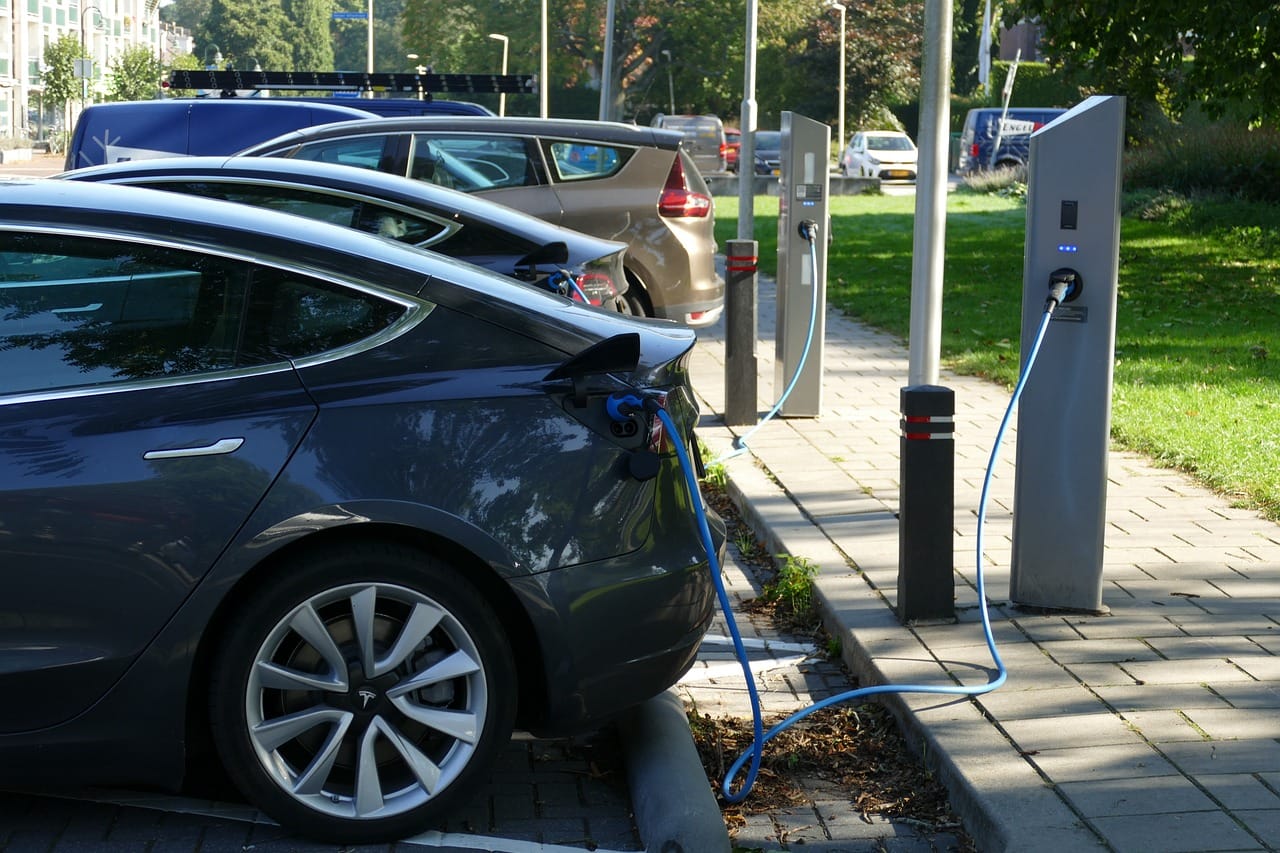
Could EVs potentially have a much longer working life than ICEs?
Motoring journalist Quentin Wilson posted an interesting discussion topic on LinkedIn about EVs.

He posts frequently about his experience owning and driving an EV and in this post focuses on the potential lifespan of an EV relative to an ICE passenger vehicle.
He had previously written about the possibility of extending the working life of EV batteries, (typically the most critical component when it comes to write-off decisions), through repair and cell replacement.
Beyond the battery, he also points out that EVs have far fewer friction-based parts that can wear down and need replacing - a typical ICE vehicle can have up to 40x the number of friction-based parts. As Quentin says of his own experience "...after three years and nearly 40,000 miles, I've only had to free off my brakes through lack of use and replace two rear tyres - nothing else."
Quentin points out that a big part of the EV vs ICE debate centres around the total cost of ownership with a frequent criticism of EVs being the higher upfront costs relative to many equivalent ICE brands. As the number of ownership miles increases, we should start to get more accurate real world data.
Better modular design at the whole vehicle level and at the component level (such as the battery) could have far reaching impacts on total cost of ownership. Reduced insurance costs, as replacement costs for a component like a battery come down, would likely lead to lower depreciation and better resale values. In turn that could see an increased demand for lower-cost secondhand EVs - a positive for overall critical mineral demand as materials are reused.
This comment in particular from Quentin's post caught my eye:
"Could we have come to the end of the built-in obsolescence and throw-away culture of modern cars? "
This is a really interesting and fundamental point. Many of the products that we have from cars down to mobile phones have multiple components that fail at different rates, however often, particularly in the case with mobile devices, a device is considered written-off once one component has failed. Now of course there is a behavioural aspect too - mobile phone makers want your phone to appear obsolete so you will upgrade and buy a new phone from them.
Now there is increasingly a shift towards services as a source of income. For example in Apple's most recent full year results, 35% of its gross income came from services (that was 31% in 2021) and is steadily growing. The impetus to get us to buy a new product is potentially lower than it would have been with a product only offering.
In a parallel with the EV battery issue, I describe my experience with an iPhone 6 that lasted me almost 7 years because I was able to replace the battery in this blog on digital sustainability from May 2023.
Link to blog 👇🏾

This article featured in What Caught Our Eye, a weekly email featuring stories we found particularly interesting during the week and why. We also give our lateral thought on each one. What Caught our Eye is available to read in full by members.
If you are not a member yet, you can read What Caught Our Eye when it comes out direct in your email inbox plus all of our blogs in full...


Please read: important legal stuff.



